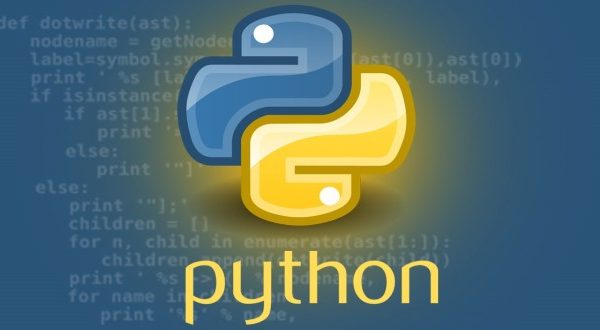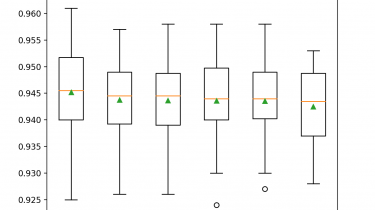Ultimate Guide to Heatmaps in Seaborn with Python
Introduction A heatmap is a data visualization technique that uses color to show how a value of interest changes depending on the values of two other variables. For example, you could use a heatmap to understand how air pollution varies according to the time of day across a set of cities. Another, perhaps more rare case of using heatmaps is to observe human behavior – you can create visualizations of how people use social media, how their answers on surveys […]
Read more



